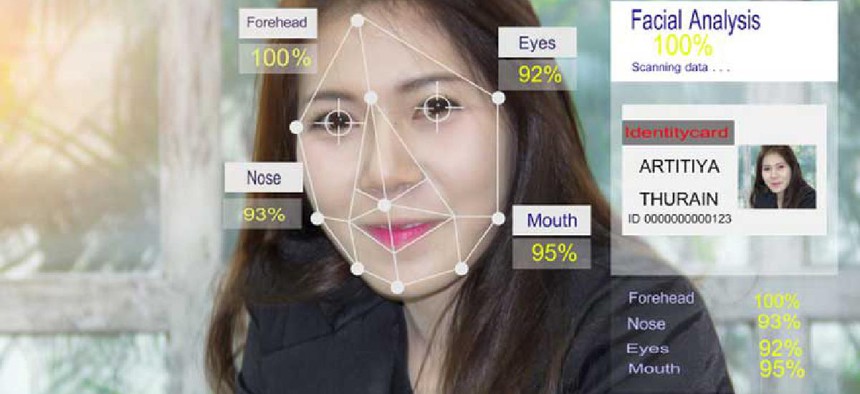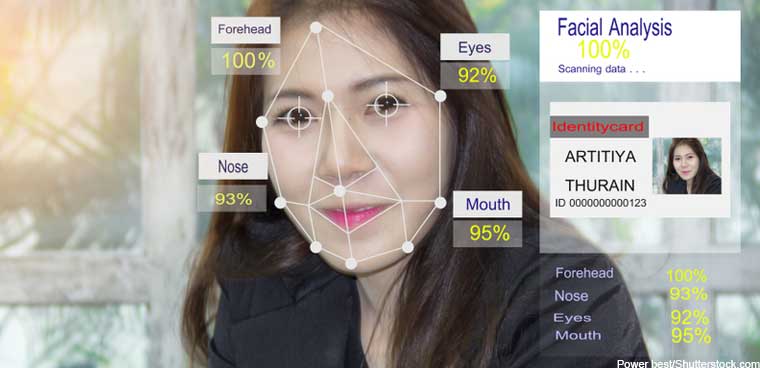CBP isn't alerting air travelers to biometrics collection, watchdog says

Customs and Border Protection's facial recognition program that collects photos of air travelers is hitting its performance targets according to a Government Accountability Office audit, but passengers aren't seeing privacy information and opt-out signage.

Customs and Border Protection's facial recognition program that collects photos of air travelers is hitting many performance targets according to a Government Accountability Office audit, but passengers aren't seeing privacy information and opt-out signage as intended.
CBP has been piloting facial recognition technology at a number of U.S. airports and seaports as well as select international locations, under its biometric entry/exit program. Under the program, images of foreign nationals are collected upon their entry to the U.S. and added to a database that can be used to confirm that the same individual is departing.
The program uses cameras at international traveler gates, passenger manifests and pre-prepared cloud-based images of passengers drawn from existing photo documents, and uses an algorithm to compare live photos at the travel gate with the existing photos on the cloud to verify their identities.
The facial recognition program, CBP told the GAO, is nearing its operational goal of being able to identify 97% of "in scope" travelers that have visas.
As of May, CBP has installed the facial recognition technology at exit gates at 27 U.S. airports, as well as 18 airports for travelers entering the U.S., with biometric screening covering more than seven million travelers departing the U.S. on 54,000 flights.
GAO said CBP has to better inform passengers of their privacy rights at those gates, as well as improve photo capture and management. The watchdog said CBP signage was sometimes blocked or obscured at some sites and language about the right of U.S. citizens to opt-out of biometric screening was unclear.
In agency reply comments, a DHS official noted that airport departure areas are controlled by carriers and airports, and not by CBP. The agency pledged to "continue to work with its airlines/airport partners to ensure that privacy signage is available, on display, and reflective of current privacy messaging for passengers."
GAO also noted that CBP's goal to reach full operational capabilities by 2021 would probably change because of COVID-19's heavy impact on air travel. The severe financial impact of the pandemic on airlines' bottom lines "could make investments in biometric technology harder to justify," said the report.


